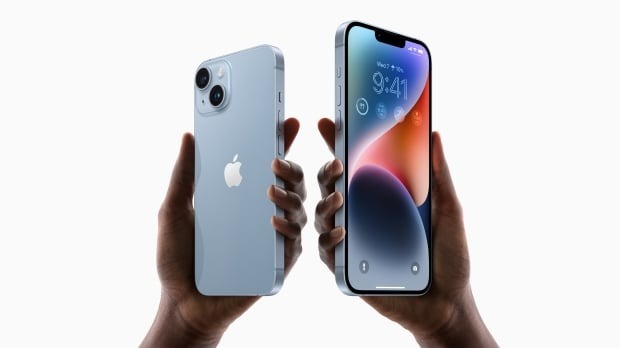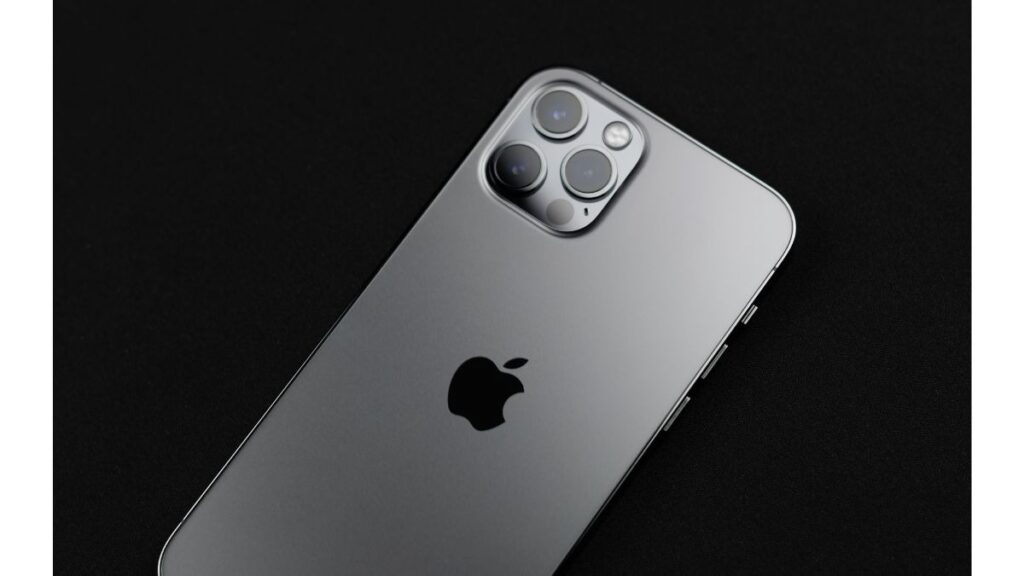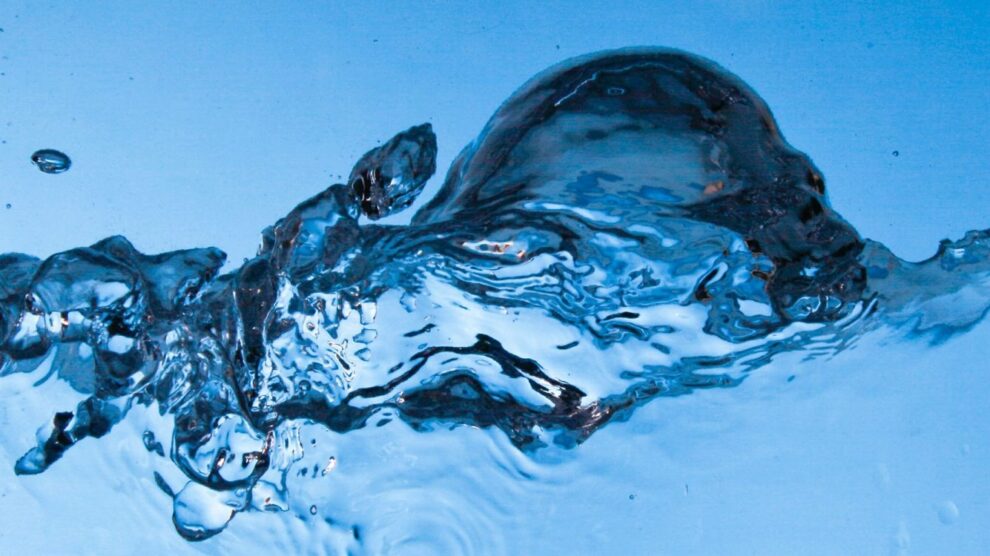Uh oh, has your iPhone taken an accidental swim in the pool, toilet, or bathtub? For years conventional wisdom suggested burying waterlogged devices in rice overnight allowing the grains to slowly extract aqueous penetrations. However, newly updated Apple guidelines now specifically warn against this once accepted tactic. Let’s discuss why.
The History of Rice Phone Drying Theory
Initially, the recommendation emerged organically from accidental cell phone moisture victims finding dried rice retrievable in pantries for desperation salvation attempts.
The technique gained further credibility thanks to the desiccant’s (drying agent) affordable convenience obtaining easily in bulk coupled with gentle abrasion from grain surface friction supposedly expelling invading moisture.
Thus through word of mouth perpetuation, submerging gadgets like iPhones in dry rice bowls became a ubiquitous first response hoping to revive them from premature watery graves.

The Flaws with Rice Desiccation Methodology
However, Apple engineers finally debunked the stubborn mythology surrounding DIY phone rice drying through dedicated internal testing.
Their investigations revealed two notable mechanisms jeopardizing iPhones when employing this approach:
- Micro-particle clogging – Starch granules floating from rice can penetrate and block delicate port openings.
- Residual moisture facilitating corrosion – Rice absorbs imprecisely leaving enough dampness catalyzing component oxidation damage over time.
So in many cases, rather than reviving devices, rice therapy accelerates deterioration!
Real-World Anecdotes Warning Against Rice
These anti-rice drying revelations shocked many historic proponents, including myself. I sheepishly must admit assuming rice methodology legitimacy until Apple’s admonition.
In hindsight, the aftermath of past grain drying attempts should have provided clues:
“After leaving my iPhone submerged overnight in a bag filled with rice, I noticed the earpiece and charging port completely clogged with starchy buildup! Even trying to dig out the compacted grains with a toothpick proved useless. And the phone still didn’t even turn back on!”
Clearly for this poor user, not only did rice drying fail reviving their device, but it exacerbated post-splash damage!

Apple’s Recommended Wet iPhone Drying Methodology
Thankfully, Apple provides alternative best practices for salvaging aqueous iPhones. Their support guidelines advise:
- Immediately power down the device
- Disconnect any connected cables and accessories
- Gently wipe away excess moisture with a soft, lint-free cloth
- Allow phone to air dry for 72+ hours in a well-ventilated location
Additionally, although not mentioned, placing the device in front of a gently whirring fan can speed evaporation without risks applying direct heat poses.
When to Consider Professional Data Recovery?
However, if your iPhone fails posting signs of life after a few days allowing natural drying, specialized data recovery represents the last resort.
While expensive at hundreds of dollars, forensic recovery specialists employ advanced moisture displacement techniques combined with chip-off data extraction giving drowned devices the best final shot at Lazarus-style resurrection.
For the best experience, bring water-damaged iPhones to Apple Genius Bar technicians first before resorting to third-party phone repair shops. Geniuses possess proprietary tools and salvage methods inaccessible elsewhere.
So don’t desperately grab rice grains the next time your iPhone takes a swim! Follow Apple’s recommendations instead maximizing revival chances.










Add Comment